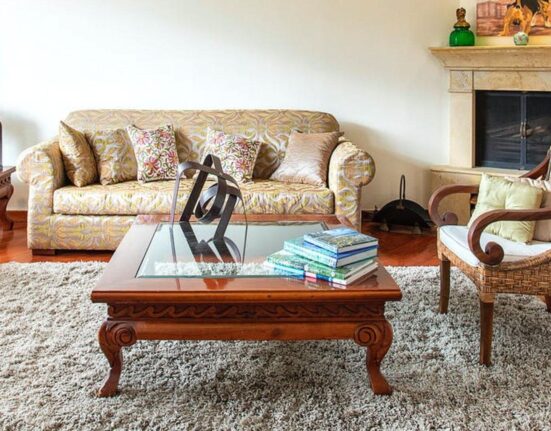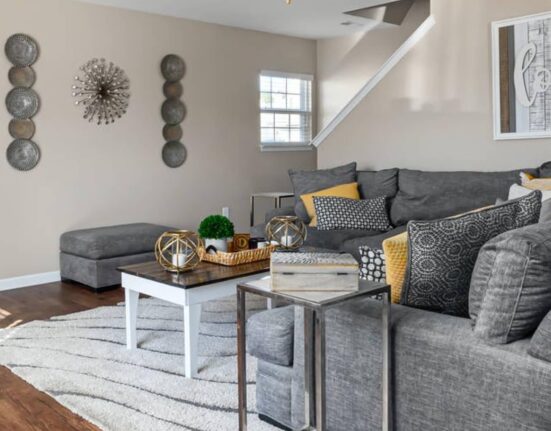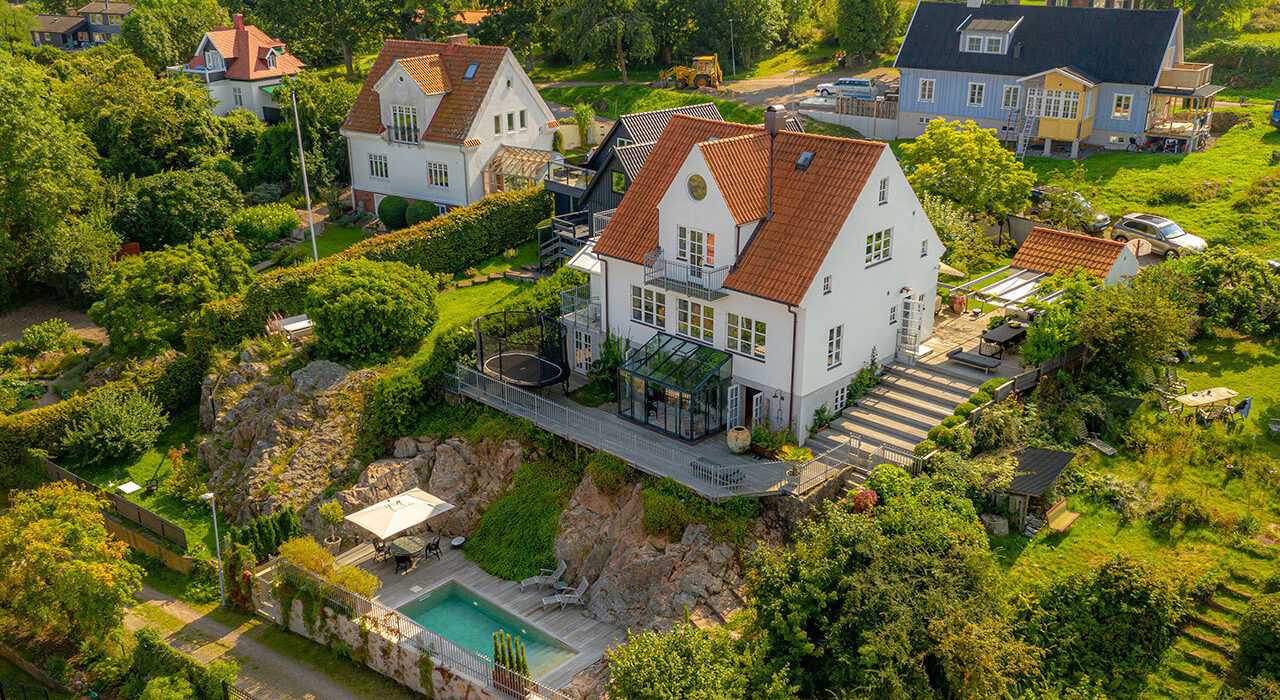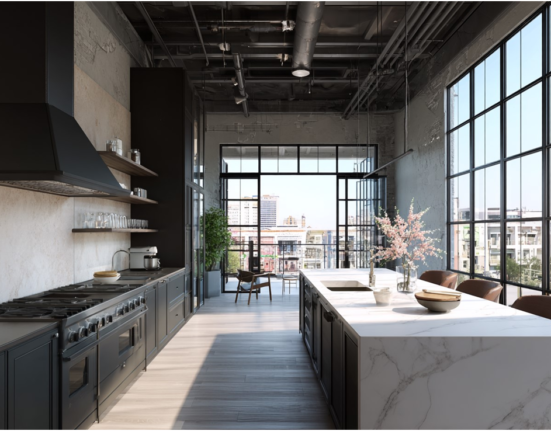It was a crisp autumn morning when Lisa and Johan decided to pursue their dream of owning a home in Sweden. After years of renting a small apartment in central Stockholm, they craved the peace of a countryside cottage with views of rolling hills and a lake shimmering in the distance. But as they scrolled through listings and spoke to real estate agents, they quickly realized that finding the perfect home took a lot of work. With soaring demand, fluctuating prices, and a competitive market, Lisa and Johan were about to embark on a challenging yet exciting journey that mirrors the experiences of many potential homeowners across Sweden today.
Understanding the Swedish Housing Market
Sweden’s housing market has long been characterized by its unique urban vibrancy and natural beauty. Whether seeking a bustling city apartment or a serene rural retreat, the Swedish real estate market offers diverse options. However, the market has been marked by significant fluctuations and challenges in recent years, driven by various economic, political, and social factors. Homes for sale in Sweden
Market Trends and Price Fluctuations
Over the past decade, property prices in Sweden have risen significantly, especially in metropolitan areas like Stockholm, Gothenburg, and Malmö. According to a 2023 report by Swedbank, the average cost of a home in Sweden rose by approximately 7% annually over the past five years, with some regions witnessing even steeper increases. This growth can be attributed to several factors, including low interest rates, increased demand, and a shortage of available housing stock.
However, 2024 has brought some changes to the market dynamics. Data from Valueguard, a leading Swedish property index, indicates that housing prices in major cities have started to stabilize, with some areas even seeing a slight decrease in prices. For example, in Stockholm, the average cost per square meter has decreased by 2% since the start of the year, reflecting a cooling off after years of rapid growth.
Factors Influencing Demand and Supply
Several factors have contributed to the current state of Sweden’s housing market:
- Population Growth and Urbanization: Sweden’s population has been steadily growing, driven by natural population growth and immigration. Urban areas, particularly Stockholm, Gothenburg, and Malmö, have seen significant influxes, resulting in higher demand for housing. According to Statistics Sweden (SCB), Sweden’s population grew by 0.7% in 2023, with a significant portion settling in urban areas.
- Government Policies and Interest Rates: The Swedish government has implemented various policies to manage housing affordability and availability. Interest rates set by the Riksbank, Sweden’s central bank, have been at historic lows for several years, encouraging borrowing and home purchases. However, recent economic forecasts suggest a potential increase in interest rates to curb inflation, which could impact future home-buying trends.
- Construction Rates and Housing Shortage: Despite efforts to increase construction, Sweden faces a persistent housing shortage, particularly in urban areas. Boverket, the Swedish National Board of Housing, Building, and Planning, reported that approximately 63,000 new homes must be built annually to meet demand. Yet, actual construction rates have often fallen short of this target.
Regional Differences in the Housing Market
The housing market in Sweden is highly regionalized, with significant differences in prices and availability depending on location.
- Stockholm: As the capital and largest city, Stockholm has the highest property prices in Sweden. According to Hemnet, Sweden’s largest property listing site, Stockholm’s average price per square meter was around 96,000 SEK (USD 8,800) as of mid-2024. However, prices vary significantly between central areas, like Östermalm, where prices are often over 120,000 SEK per square meter, and the suburban regions, where prices are lower but still relatively high.
- Gothenburg and Malmö: These cities have also seen significant price increases in recent years, although they remain more affordable than Stockholm. In Gothenburg, the average price per square meter is about 63,000 SEK (USD 5,800), while in Malmö, it is around 48,000 SEK (USD 4,400). The growth in these regions is driven by their economic development, strategic location, and increasing attractiveness as cultural and business hubs.
- Rural and Coastal Areas: Outside the urban centers, property prices are generally lower, but there is increasing demand for homes in picturesque rural areas and coastal regions. The pandemic has accelerated this trend as more people seek the countryside’s tranquility or the Swedish coast’s scenic beauty. For instance, properties in Gotland or the archipelago regions have seen a marked increase in interest and prices, with average costs rising by up to 10% over the past two years.
Challenges and Opportunities for Home Buyers
For potential buyers like Lisa and Johan, navigating the Swedish housing market can be daunting and full of opportunities. Here are some key challenges and opportunities to consider:
- Challenges:
- High Prices and Competition: High demand and limited supply, especially in urban areas, mean that competition for desirable properties is fierce. Buyers often need to act quickly and be prepared for bidding wars.
- Financing and Loan Regulations: While interest rates have been low, accessing mortgages in Sweden requires meeting stringent criteria, including a down payment of at least 15% of the property value. Changes in interest rates could further affect affordability.
- Opportunities:
- Expanding Suburbs and Rural Areas: With more Swedes and expatriates looking beyond city centers, there are growing opportunities in suburbs and smaller towns where prices are lower and the pace of life is more relaxed.
- New Developments and Sustainable Housing: The Swedish government and private developers increasingly focus on sustainable housing solutions, offering new opportunities for buyers interested in eco-friendly homes. The growing trend toward green living also attracts international attention, as Sweden leads the way in sustainable urban planning.
Future Outlook of the Swedish Housing Market
Looking ahead, experts predict a more balanced housing market in Sweden over the next few years. While urban centers may continue to experience high demand, the growth rate of property prices is expected to stabilize, especially as new housing developments come into play and economic factors such as interest rates are adjusted.
Moreover, Sweden’s commitment to sustainable development and smart city initiatives promises to shape the future of its housing market. Nordea Bank analysts suggest that as the country continues to invest in infrastructure and green building projects, there will be an increase in high-quality, energy-efficient homes that appeal to domestic buyers and international investors.
Conclusion: The Journey to Finding Your Swedish Home
For those embarking on the journey of finding a home in Sweden, staying informed and adapting to market conditions are essential. Just like Lisa and Johan, who eventually found their dream home by the lake after months of searching and strategizing, prospective buyers should take the time to understand the market dynamics, explore different regions, and consider current and future needs. With careful planning and patience, finding the perfect home in Sweden is a challenge worth undertaking.














